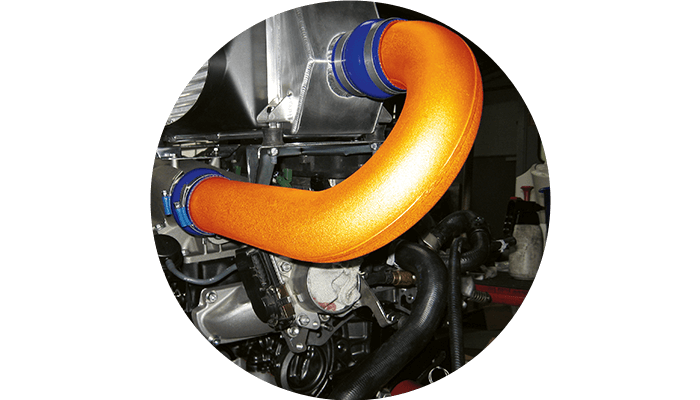
Renewable sources of energy
How to Connect Sectors
In the future, heating, mobility, and electricity must be linked more closely together—with chemistry playing a key role.

Energy supply
The energy transition worldwide
Every country needs energy. A look at how other countries generate electricity.

Interview with Walter Leitner
Power-to-X for sustainable future
Prof. Leitner is investigating innovative methods of storing electricity from renewable sources.

Coal exit
Christian Kullmann on the energy transition
Evonik Industries CEO Christian Kullmann takes a stand regarding a major political project.
ELEMENTS Newsletter
Get fascinating insights into the research Evonik is conducting, and its social relevance, by subscribing to our free newsletter.




